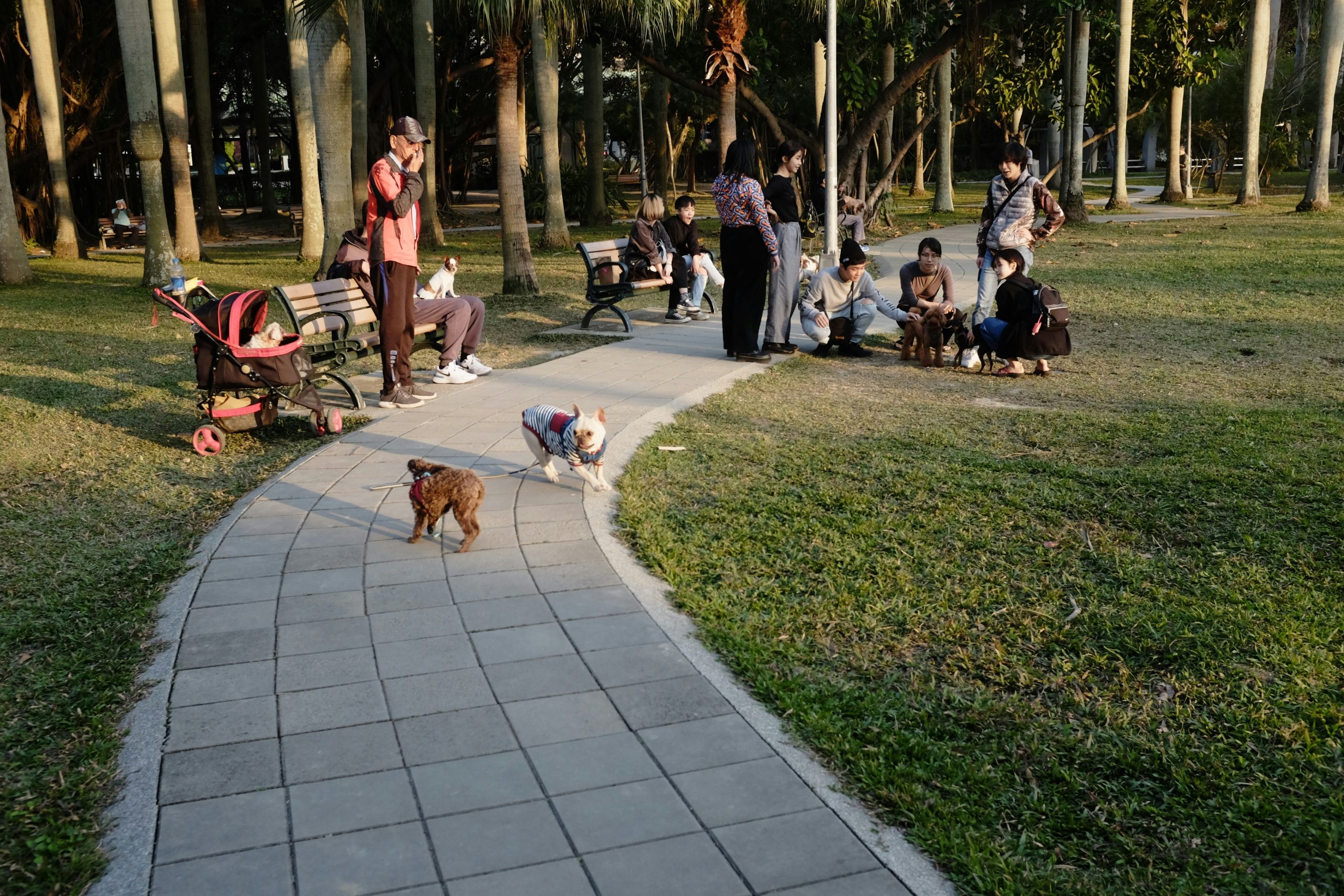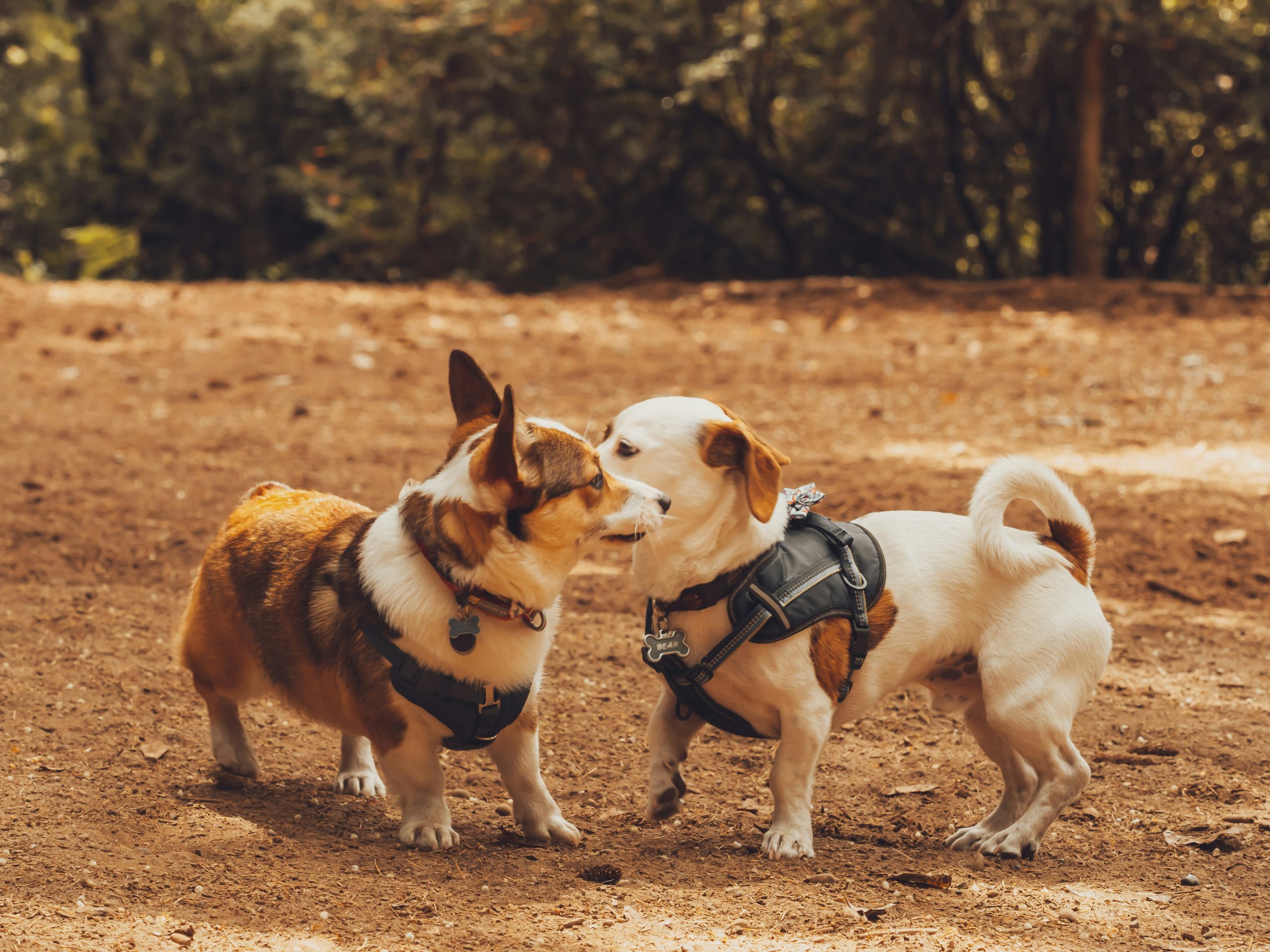Navigating Dog Park Dangers: Tips for a Safe and Enjoyable Visit
An overview of the dangers associated with dog parks, including potential behavioral risks, the importance of vaccinations and socialization, tips for safe visits, and alternatives to consider.
Overview of Dog Park Dangers
Popularity and Growth of Dog Parks
Dog parks have become increasingly popular across the United States, with a 40 percent increase in development since 2009. The first dog park in the country, the Ohlone Dog Park in Berkeley, California, was established in 1979. A significant 91 percent of Americans acknowledge the benefits that dog parks bring to their communities, providing a safe environment for dogs to socialize and exercise.
Potential Dangers at Dog Parks
While dog parks offer a space for dogs to interact and play, it’s essential to recognize that not all dogs enjoy these interactions. Forcing reluctant dogs into such environments can lead to behavioral issues. Common risks at dog parks include injuries, aggressive behavior, predatory behavior, and resource guarding. It is advisable to visit a dog park without your dog first to assess its safety and suitability.
Tips for Safe Dog Park Visits
To ensure a positive experience at the dog park, proper supervision, understanding of dog behavior, and assessment of the park environment are crucial. Some owners suggest alternatives like private park rentals, such as Sniffspot, as a safer option. Personal stories emphasize the importance of monitoring dog interactions and exercising caution while at dog parks.
Importance of Vaccinations and Socialization
Vaccinations play a vital role in protecting dogs from infectious diseases commonly found at dog parks. Managing socialization experiences carefully is necessary to prevent conflicts among dogs with varying playstyles and personalities. Understanding these dynamics can help mitigate potential conflicts during park visits.
Common Rules and Regulations
Certain rules and regulations govern dog park visits to ensure the well-being of all animals involved. For instance, service dogs are typically not permitted at dog parks due to the potential for traumatic experiences. Additionally, health risks, such as exposure to diseases and lack of vaccinations, highlight the importance of following guidelines to maintain a safe environment.
Alternatives to Dog Parks
If dog parks pose concerns for your pet, alternative socialization options exist. These include forming playgroups, joining daycares, engaging in activities like frisbee or dog sports, or exploring off-leash trails as safer alternatives to traditional dog parks [3, 5]. Each alternative offers unique benefits for dog socialization and exercise.
Conclusion
Understanding the risks and benefits associated with dog parks is crucial for responsible pet ownership. By prioritizing safety, proper supervision, and considering alternative socialization methods, pet owners can ensure a positive and enriching experience for their canine companions.



